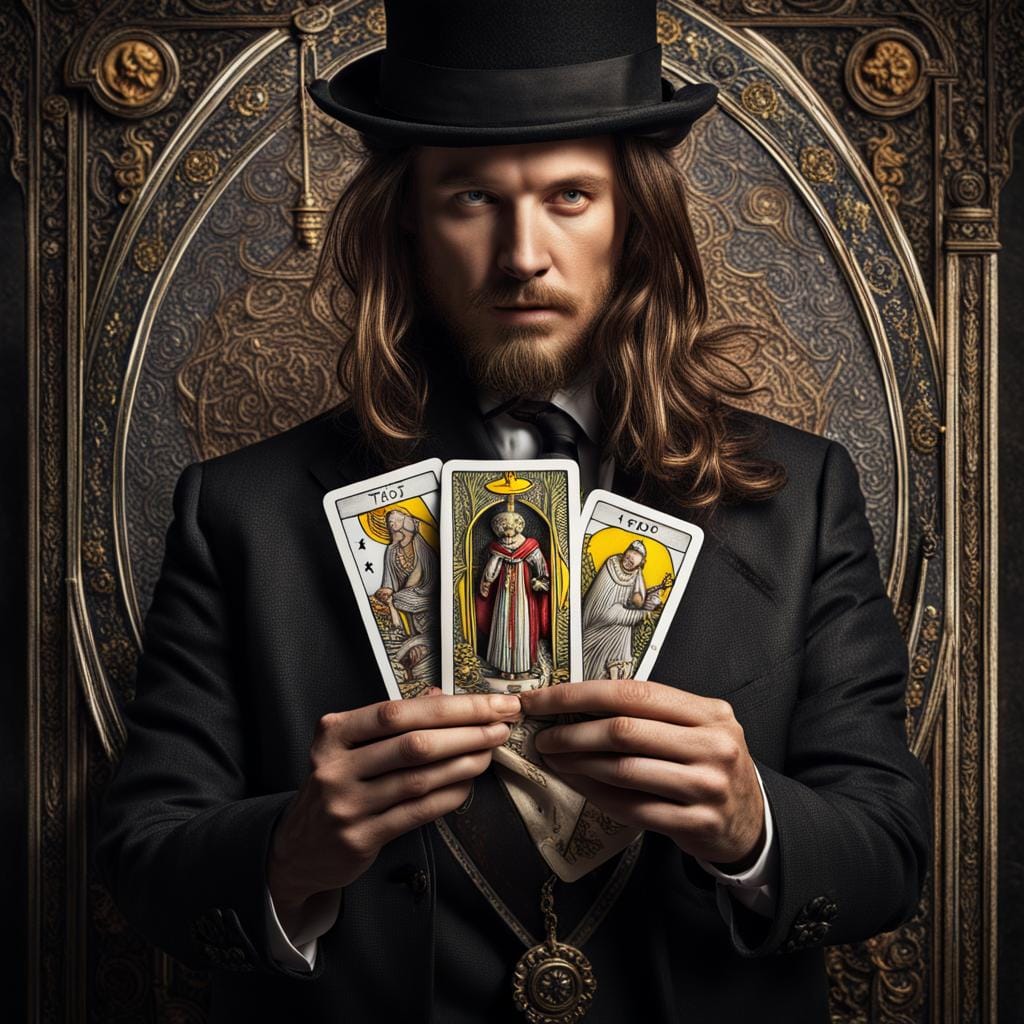The 12 Archetypes

... Jungs 12 Archetypes,explain what each one is ,and their spiritual significance ...! Carl Jung proposed twelve primary archetypes, which can be seen as idealized images and themes that are universal symbols. These archetypes manifest in our dreams, myths, and stories, and they carry powerful emotional resonance and spiritual significance. Here’s an overview of each archetype along with their spiritual significance: 1. **The Innocent (Orphan/Child):** - **Description:** Represents purity, naivety, and the desire to be happy and free. - **Spiritual Significance:** Symbolizes primal trust and hope, embodying the Eden-like state of human existence before the fall. 2. **The Orphan (Everyman/Regular Guy or Girl):** - **Description:** Represents a sense of belonging, realism, and solidarity. - **Spiritual Significance:** Emphasizes community and empathy, highlighting the importance of collective human experiences. 3. **The Hero:** - **Description:** Embodies courage, determination, and the pursuit of greatness. - **Spiritual Significance:** Signifies the journey of overcoming trials and tribulations, representing transcendence and the striving for higher ideals. 4. **The Caregiver:** - **Description:** Symbolizes compassion, nurturing, and a desire to care for others. - **Spiritual Significance:** Embodies selflessness and service, echoing spiritual teachings of love and sacrificial giving. 5. **The Explorer:** - **Description:** Represents independence, curiosity, and the drive to experience the unknown. - **Spiritual Significance:** Reflects the quest for self-discovery and spiritual freedom, encouraging the seeking of new horizons and experiences. 6. **The Rebel (Outlaw):** - **Description:** Challenges norms and conventions, striving for change and revolution. - **Spiritual Significance:** Symbols of transformation and renewal, embodying the breaking of constraints and the fight for personal or societal liberation. 7. **The Lover:** - **Description:** Focuses on intimacy, passion, and connection. - **Spiritual Significance:** Represents the divine force of love, highlighting the spiritual importance of connecting deeply with others. 8. **The Creator (Artist):** - **Description:** Embodies creativity, imagination, and the act of creation. - **Spiritual Significance:** Reflects the divine aspect of creation, encouraging the expression of one's inner vision and transformative power. 9. **The Jester:** - **Description:** Represents playfulness, joy, and light-heartedness. - **Spiritual Significance:** Reminds us of the spiritual importance of laughter, humor, and not taking life too seriously; promoting a balanced perspective. 10. **The Sage:** - **Description:** Seeks truth, knowledge, and wisdom. - **Spiritual Significance:** Symbolizes the pursuit of enlightenment and understanding, representing the guiding light of higher wisdom and introspection. 11. **The Magician:** - **Description:** Represents transformation, power, and the ability to make things happen. - **Spiritual Significance:** Embodies the archetype of the shaman or alchemist, highlighting the role of intention and the spiritual transformation of reality. 12. **The Ruler:** - **Description:** Embodies control, order, and leadership. - **Spiritual Significance:** Symbolizes the need for structure and governance, reflecting the spiritual challenge of using power wisely and justly. These archetypes serve as universal symbols in the collective unconscious, guiding individuals on their spiritual journeys and helping them understand their inner selves and life's deeper meanings.
